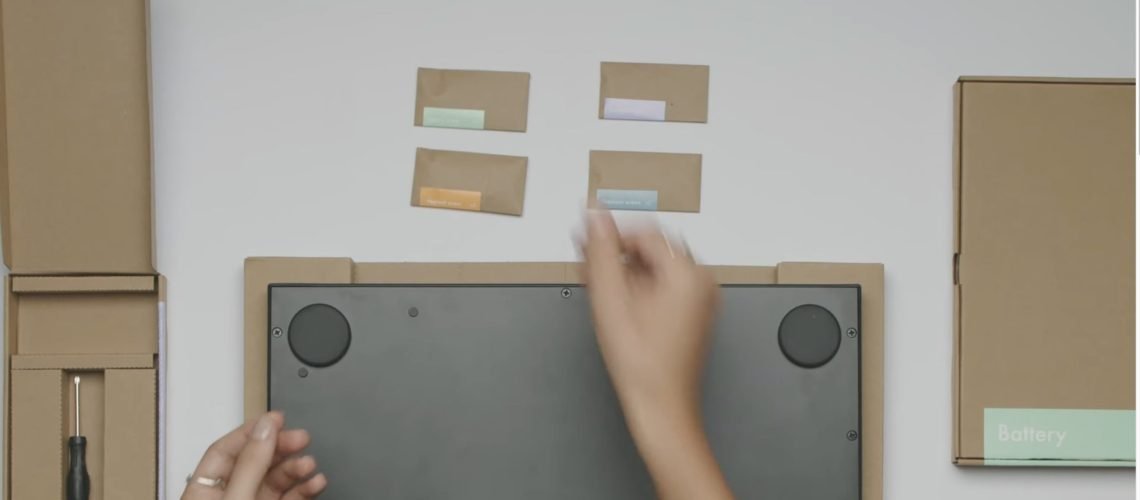Ableton has announced that their Upgrade Kit for Push 3 is now available. With the launch, they’ve also released two videos, covering the upgrade process and their approach to making their hardware upgradeable.
The Upgrade Kit is the hardware accessory that takes a Push 3 controller to a standalone-capable Push 3 with a processor. If you’re on a budget, it’s not a bad idea to invest in the controller version – to be honest, a lot of the time my Push spends is tethered to my Mac. What’s nice though, is, if you spend the next few months in the studio working on finishing an album and then plan a tour in the fall, you can upgrade to the standalone version rather than have to buy new hardware. This also promises a future upgrade path based on the same platform (though see the look below).
It’s at least a good sign for the upgrade path of Push 3 in the short term. Here’s how the upgrade process works. (I swore I had seen this video already, but it’s possible I just started having Push 3 dreams. That could explain why I had no pants and had forgotten to do the Max for Live homework.)
Packaging design nerds will love this one:
They’ve also produced a video entitled “Made to Evolve” talking about the design thinking that went into the product and its user-replaceable upgrade path.
I wrote a deep dive talking to Ableton about the NUC platform and its direction post-Intel:
And sure enough, there’s been more activity in the NUC world since its move to Asus. That includes even a cute little i9-based PC, although I’m guessing you don’t want an i9 inside your Push 3 unless you want to use it as a waffle griddle. There’s also an NUC-powered DIY gaming handheld, which now I desperately want to build myself for no rational reason. (VJ machine?)
I know many readers are disappointed that Ableton chose an Intel platform over ARM – it’s a sign of how much the world has shifted more broadly to ARM architectures in just a few years. I do still wonder if another architecture might be possible with this physical design. But Ableton deserves full credit for reducing waste and making components user-friendly and upgradable is important. Also noteworthy is that the Push platform back to the first device remains fully supported.
Not to take a shot at another Berlin company, but I was disappointed to see Native Instruments discontinue support for their first-generation Komplete Kontrol S-Series keyboard. I expect there was an engineering reason for that. But I think customers will only feel confident investing in hybrid hardware/software platforms if they’re sure they’ll have ongoing support.
Making upgradeable designs work in the music tech industry is tough because we don’t have the scale of other sectors. But I’m glad we’re having more of these conversations – and you can bet we’ll keep watching. Computation is everywhere, from Eurorack modules to DIY creations. Thinking about how to do more with less waste, and to make these instruments that we can use over a long time has to be a priority.




